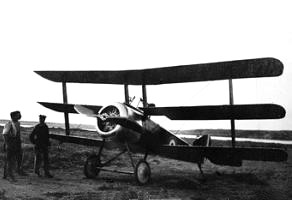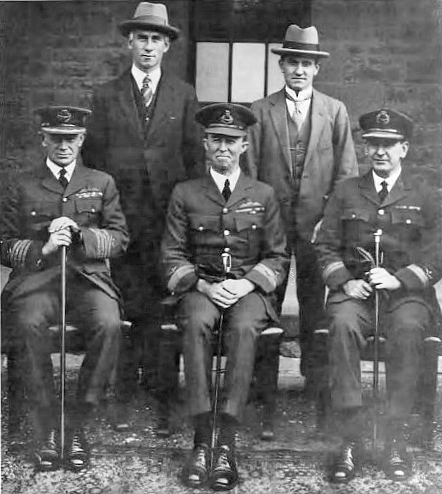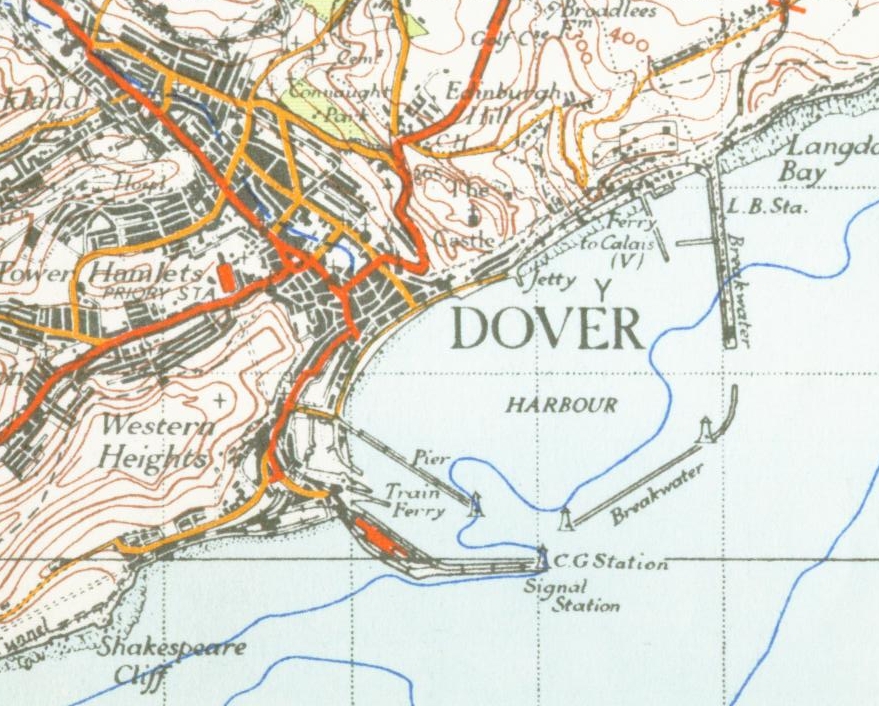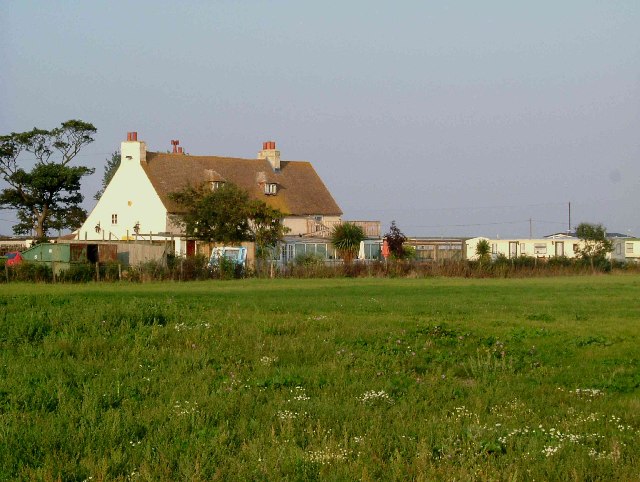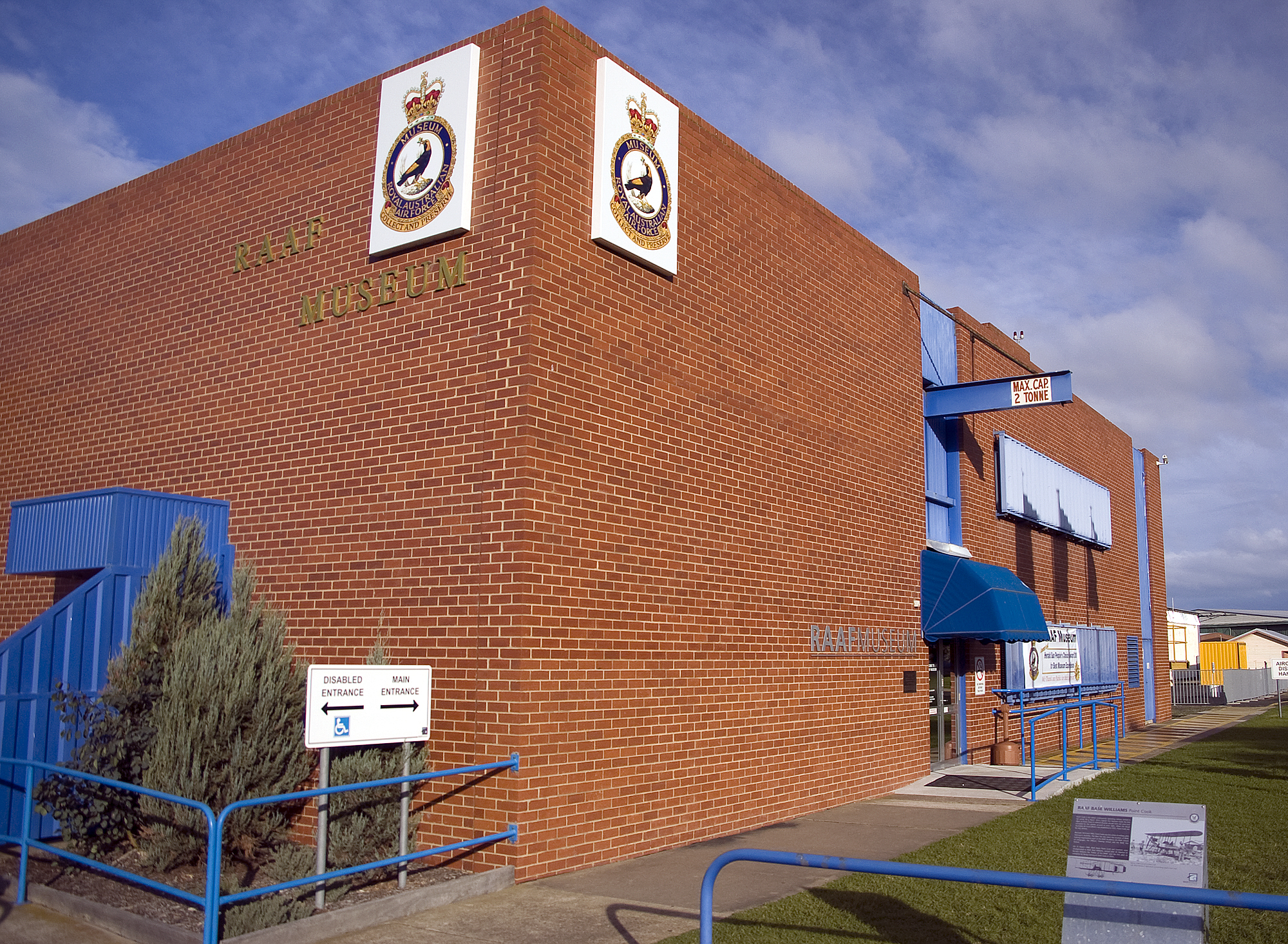|
Robert A. Little
Robert Alexander Little, (19 July 1895 – 27 May 1918), a World War I fighter pilot, is generally regarded as the most successful Australian flying ace, with an official tally of forty-seven victories. Born in Victoria, he travelled to England in 1915 and learned to fly at his own expense before joining the Royal Naval Air Service (RNAS). Posted to the Western Front in June 1916, he flew Sopwith Pups, Triplanes and Camels with No. 8 Squadron RNAS, achieving thirty-eight victories within a year and earning the Distinguished Service Order and Bar, the Distinguished Service Cross and Bar, and the French Croix de guerre. Rested in July 1917, he volunteered to return to the front in March 1918 and scored a further nine victories with No. 3 Squadron RNAS (later No. 203 Squadron RAF) before he was killed in action on the night of 27 May, aged twenty-two. Early life Little was born on 19 July 1895 at Hawthorn, a suburb of Melbourne, to Ca ... [...More Info...] [...Related Items...] OR: [Wikipedia] [Google] [Baidu] |
Hawthorn, Victoria
Hawthorn is an inner suburb of Melbourne, Victoria, Australia, east of Melbourne's Melbourne central business district, central business district, located within the City of Boroondara Local government areas of Victoria, local government area. Hawthorn recorded a population of 22,322 at the 2021 Australian census, 2021 census. History Etymology The name Hawthorn, gazetted in 1840 as "Hawthorne", is thought to have originated from a conversation involving Charles La Trobe, who commented that the native shrubs looked like flowering Crataegus, Hawthorn bushes. Alternatively, the name may originate from the bluestone house—so named and built by James Denham Pinnock in Denham Street—which stands to this day. 19th century The mansion named Invergowrie – originally Burwood or Burwood Hill - was built by James Frederick Palmer in 1850 and is the original source of the name of the current Burwood Road. Mayor of Melbourne in 1846, he established the first punt (boat), punt to cr ... [...More Info...] [...Related Items...] OR: [Wikipedia] [Google] [Baidu] |
Camberwell Grammar School
Camberwell Grammar School is an independent, single sex, Anglican primary and secondary day school for boys, located in Canterbury, an eastern suburb of Melbourne, Victoria, Australia. Camberwell Church of England Grammar School was founded on Prospect Hill in 1886. In July 1891 it was re-opened by William A. Gosman and Alfred S. Hall, as co-principals. In its early years, the school was housed at a number of sites in and around the suburb of Camberwell, Victoria. It occupied the site on Mont Albert Road on Canterbury's Golden Mile from 1935. The school currently has approximately 1,300 students. The school is divided into three sections; Junior School (pre Prep – Year 5), Middle School (Year 6 – Year 8) and Senior School (Year 9 – Year 12). Headmasters and principals There have been a total of ten headmasters at Camberwell Grammar School since the school was established in 1886. The current headmaster or now, principal of Camberwell Grammar is Ben Jeacocke (sinc ... [...More Info...] [...Related Items...] OR: [Wikipedia] [Google] [Baidu] |
Stanley Goble
Air Vice Marshal Stanley James (Jimmy) Goble, CBE, DSO, DSC (21 August 1891 – 24 July 1948) was a senior commander in the Royal Australian Air Force (RAAF). He served three terms as Chief of the Air Staff, alternating with Wing Commander (later Air Marshal Sir) Richard Williams. Goble came to national attention in 1924 when he and fellow RAAF pilot Ivor McIntyre became the first men to circumnavigate Australia by air, journeying in a single-engined floatplane. During World War I, Goble flew fighters on the Western Front with the British Royal Naval Air Service. He became an ace with ten victories, commanded No. 5 Squadron (later No. 205 Squadron RAF), and was awarded the Distinguished Service Order and the Distinguished Service Cross. Returning to Australia, Goble assisted in the formation of the RAAF as an independent branch of the Australian armed forces. On an exchange posting to Britain in the 1930s, he led No. 2 (Bomber) Group RAF. As Chief of the Air ... [...More Info...] [...Related Items...] OR: [Wikipedia] [Google] [Baidu] |
Dover
Dover ( ) is a town and major ferry port in Kent, southeast England. It faces France across the Strait of Dover, the narrowest part of the English Channel at from Cap Gris Nez in France. It lies southeast of Canterbury and east of Maidstone. The town is the administrative centre of the Dover District and home of the Port of Dover. Archaeological finds have revealed that the area has always been a focus for peoples entering and leaving Great Britain, Britain. The name derives from the River Dour that flows through it. In recent times the town has undergone transformations with a high-speed rail link to London, new retail in town with St James' area opened in 2018, and a revamped promenade and beachfront. This followed in 2019, with a new 500m Pier to the west of the Harbour, and new Marina unveiled as part of a £330m investment in the area. It has also been a point of destination for many English Channel migrant crossings (2018-present), illegal migrant crossings. The Port ... [...More Info...] [...Related Items...] OR: [Wikipedia] [Google] [Baidu] |
Sopwith 1½ Strutter
The Sopwith Strutter is a British single- or two-seat Multirole combat aircraft, multi-role biplane aircraft of the First World War.Lake 2002, p. 40. It was the first British two-seat tractor configuration, tractor fighter and the first British aircraft to enter service with a Synchronization gear, synchronised machine gun. It was given the name Strutter because of the long and short cabane struts that supported the top wing. The type was operated by both British air services and was in widespread but lacklustre service with the French . Design and development In December 1914, the Sopwith Aviation Company designed a small, two-seat biplane powered by an Gnome Engine Company, Gnome rotary engine, which became known as the "Sigrist Bus" after Fred Sigrist, the Sopwith works manager. The Sigrist Bus first flew on 5 June 1915 and although it set a new British altitude record on the day of its first flight, only one was built, serving as a company runabout.Bruce 1982, p. 499.Ja ... [...More Info...] [...Related Items...] OR: [Wikipedia] [Google] [Baidu] |
Dunkirk
Dunkirk ( ; ; ; Picard language, Picard: ''Dunkèke''; ; or ) is a major port city in the Departments of France, department of Nord (French department), Nord in northern France. It lies from the Belgium, Belgian border. It has the third-largest French harbour. The population of the commune in 2019 was 86,279. Etymology and language use The name of Dunkirk derives from West Flemish 'dune' or 'dun (fortification), dun' and 'church', thus 'church in the dunes'. A smaller town 25 km (15 miles) farther up the Flemish coast originally shared the same name, but was later renamed Oostduinkerke(n) in order to avoid confusion. Until the middle of the 20th century, French Flemish (the local variety of Dutch language, Dutch) was commonly spoken. History Middle Ages A fishing village arose late in the tenth century, in the originally flooded coastal area of the English Channel south of the Western Scheldt, when the area was held by the County of Flanders, Counts of Flanders, va ... [...More Info...] [...Related Items...] OR: [Wikipedia] [Google] [Baidu] |
Castor Oil
Castor oil is a vegetable oil pressed from castor beans, the seeds of the plant ''Ricinus communis''. The seeds are 40 to 60 percent oil. It is a colourless or pale yellow liquid with a distinct taste and odor. Its boiling point is and its density is 0.961 g/cm3. It includes a mixture of triglycerides in which about 90 percent of fatty acids are Ricinoleic acid, ricinoleates. Oleic acid and linoleic acid are the other significant components. Some 270,000–360,000 tonnes (600–800 million pounds) of castor oil are produced annually for a variety of uses. Castor oil and its derivatives are used in the manufacturing of soaps, lubricants, hydraulic and brake fluids, paints, dyes, coatings, inks, cold-resistant plastics, waxes and polishes, nylon, and perfumes. Etymology The name probably comes from a confusion between the ''Ricinus'' plant that produces it and another plant, the ''Vitex agnus-castus''. An alternative etymology, though, suggests that it was used as a replace ... [...More Info...] [...Related Items...] OR: [Wikipedia] [Google] [Baidu] |
Royal Aero Club
The Royal Aero Club (RAeC) is the national co-ordinating body for air sport in the United Kingdom. It was founded in 1901 as the Aero Club of Great Britain, being granted the title of the "Royal Aero Club" in 1910. History The Aero Club was founded in 1901 by Frank Hedges Butler, his daughter Vera and the Hon Charles Rolls (one of the founders of Rolls-Royce Limited, Rolls-Royce), partly inspired by the Aéro-Club de France, Aero Club of France. It was initially concerned more with Balloon (aircraft), ballooning but after the demonstrations of heavier-than-air flight made by the Wright Brothers in France in 1908, it embraced the aeroplane. The original club constitution declared that it was dedicated to 'the encouragement of aero auto-mobilism and ballooning as a sport.' As founded, it was primarily a London gentlemen's club (traditional), gentlemen's club, but gradually moved on to a more regulatory role. It had a clubhouse at 119 Piccadilly, which it retained until 1961.Anthony ... [...More Info...] [...Related Items...] OR: [Wikipedia] [Google] [Baidu] |
Point Cook, Victoria
Point Cook is a suburb in Melbourne, Victoria, Australia, Victoria, Australia, south-west of Melbourne's Melbourne central business district, Central Business District, located within the City of Wyndham Local government areas of Victoria, local government area. Point Cook recorded a population of 66,781 at the 2021 Australian census, 2021 census, making it the most populated suburb in Australia. Point Cook is the home of RAAF Base Point Cook, the birthplace of the Royal Australian Air Force, and is the current home of the RAAF Museum. Point Cook is also home to many playgrounds and parks/public spaces. The wetlands of the Point Cook Coastal Park form part of the Cheetham and Altona Important Bird Area. The major development of the suburb began in the late 1990s. The population of Point Cook has been growing rapidly since 2001 when the population was 1,737. At the , Point Cook's population was 49,929, and had risen to 66,718 by 2021. History Early settlers Point Cook was origi ... [...More Info...] [...Related Items...] OR: [Wikipedia] [Google] [Baidu] |
Central Flying School RAAF
Central Flying School (CFS) is a Royal Australian Air Force (RAAF) training unit, located at RAAF Base East Sale, Victoria. It operates the Pilatus PC-21 turboprop trainer. The school is responsible for training flight instructors, setting flying standards, and auditing flying practices. It is also home to the "Roulettes" aerobatic team. CFS was the first military aviation unit to be formed in Australia, in 1913, when its role was to provide basic flying training. Its current form dates from World War II, when it was re-established to train flying instructors for the Commonwealth Air Training Plan, Empire Air Training Scheme (EATS). CFS was inaugurated at RAAF Williams, Point Cook, Victoria, in March 1913, and trained over 150 pilots of the Australian Flying Corps during World War I. It was disbanded in December 1919, and the newly formed RAAF's No. 1 Flying Training School RAAF, No. 1 Flying Training School took on its function in 1921. Re-formed under EATS at Po ... [...More Info...] [...Related Items...] OR: [Wikipedia] [Google] [Baidu] |
Australian Army
The Australian Army is the principal Army, land warfare force of Australia. It is a part of the Australian Defence Force (ADF), along with the Royal Australian Navy and the Royal Australian Air Force. The Army is commanded by the Chief of Army (Australia), Chief of Army (CA), who is subordinate to the Chief of the Defence Force (Australia), Chief of the Defence Force (CDF) who commands the ADF. The CA is also directly responsible to the Minister of Defence (Australia), Minister for Defence, with the Department of Defence (Australia), Department of Defence administering the ADF and the Army. The Australian Army was formed in 1901 as the Commonwealth Military Forces, through the amalgamation of the colonial forces of Australia following the Federation of Australia. Although Australian soldiers have been involved in a number of minor and major conflicts throughout Australia's history, only during the Second World War has Australian territory come under direct attack. The Australia ... [...More Info...] [...Related Items...] OR: [Wikipedia] [Google] [Baidu] |
